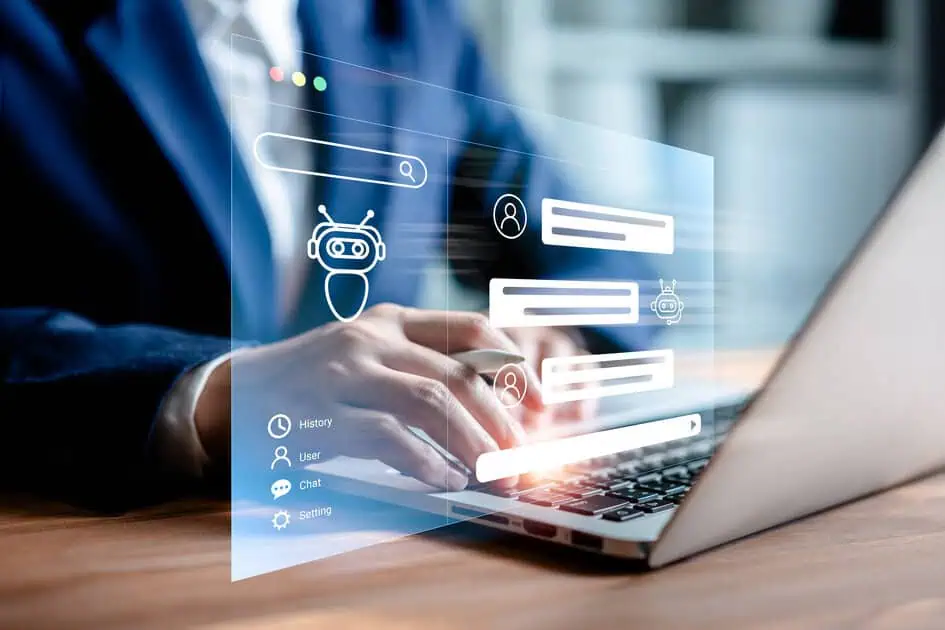In the dynamic world of healthcare, where technology is increasingly integrated into every facet of medical practice, effective communication between IT helpdesk support and medical staff has become essential. A well-functioning partnership between these two critical pillars ensures technological solutions align seamlessly with the needs of medical professionals, ultimately enhancing patient care, operational efficiency, and the overall healthcare experience.
According to a report by the Healthcare Information and Management Systems Society (HIMSS), 76% of healthcare professionals cite effective IT communication as a key driver of operational success. This highlights the urgency of bridging communication gaps in today’s fast-paced medical environments.
The Importance of Collaboration in Healthcare
Clear and timely communication between IT helpdesk support and medical staff is the linchpin of successful technology integration. Medical professionals possess unique insights into the day-to-day challenges they face and the specific requirements of patient care. IT helpdesk support, on the other hand, has expertise in implementing, troubleshooting, and maintaining technology solutions.
When these perspectives converge through open channels of communication, the result is a cohesive technological environment that caters to medical staff’s needs. A 2022 study by Stanford Medicine found that 62% of physicians believe better collaboration with IT teams would significantly improve clinical workflows.
For example, when IT collaborates with doctors to streamline an Electronic Health Record (EHR) system based on their workflow feedback, the result is increased efficiency and satisfaction.
Building Mutual Understanding
An essential aspect of effective communication is mutual understanding. Medical staff often need more time to delve into technical intricacies. IT helpdesk agents who can convey complex technical concepts in clear, accessible terms enable medical professionals to grasp the functionalities and benefits of technology solutions.
This understanding fosters cooperation, encouraging medical staff to embrace technology as a tool to enhance their practice. For instance:
- Example 1: An IT agent might explain how new scheduling software can reduce wait times for patients.
- Example 2: Providing simple guides or quick training sessions can help medical staff adopt new technologies faster.
Preventing Silos Through Communication
Open lines of communication prevent the development of a “siloed” environment where IT solutions are implemented without considering the broader context of medical operations. Collaborative discussions give IT professionals insights into:
- Unique medical workflows.
- Patient interaction points.
- Critical decision-making moments.
For example, involving IT in the planning stages of a new patient management system ensures the solution integrates seamlessly with the existing workflow, minimizing disruptions.
Streamlining Troubleshooting Processes
In a high-pressure medical environment, technical glitches or downtime can disrupt patient care and operational efficiency. A streamlined communication process allows medical staff to report issues promptly, triggering swift responses from IT helpdesk support.
Key Steps to Streamline Troubleshooting:
- Establish a dedicated hotline or ticketing system for urgent IT requests.
- Use layperson’s terms to understand the issue reported by medical staff.
- Prioritize issues based on their impact on patient care.
Encouraging Feedback for Continuous Improvement
A culture of communication encourages medical staff to provide feedback on technology solutions. Medical professionals’ insights are invaluable for shaping the continuous improvement of tools.
For example, after introducing a new medication-tracking app, IT can conduct surveys to gather feedback and fine-tune features. This fosters a sense of collaboration and ensures the technology evolves alongside medical needs.
Educational Initiatives: Bridging the Knowledge Gap
As technology advances, IT helpdesk support can provide tailored training sessions to help medical staff leverage new tools. Training ensures that healthcare professionals feel confident using the solutions, leading to better adoption rates.
Tips for Effective Training:
- Offer short, focused sessions during downtime.
- Use real-life scenarios relevant to medical workflows.
- Provide quick-reference guides for future use.
Statistics That Highlight the Need for Collaboration
Did you know?
- 76% of healthcare organizations report increased efficiency with streamlined IT-medical communication.
- Downtime in healthcare IT systems can cost an average hospital $488 per minute.
- 83% of medical staff believe that user-friendly IT solutions directly impact patient care quality.
These figures reinforce the critical role of effective communication in modern healthcare systems.
Challenges and Solutions in IT-Medical Communication
Challenges:
- Medical staff often feel overwhelmed by technical jargon.
- The IT helpdesk might need to understand medical workflows more.
- Time constraints limit opportunities for collaboration.
Solutions:
- Use simple, non-technical language during interactions.
- Implement regular joint meetings to address workflow pain points.
- Encourage feedback loops for iterative improvements.
Conclusion: Laying the Foundation for Seamless Integration
Effective communication between IT helpdesk support and medical staff in healthcare institutions bridges the gap between technology and patient care. This collaboration ensures that technology solutions align with medical professionals’ needs, workflows, and patient interactions.
By fostering mutual understanding, streamlining troubleshooting processes, encouraging feedback, and offering education, organizations can create a cohesive technological environment that enhances medical practice and ultimately benefits patient outcomes.



